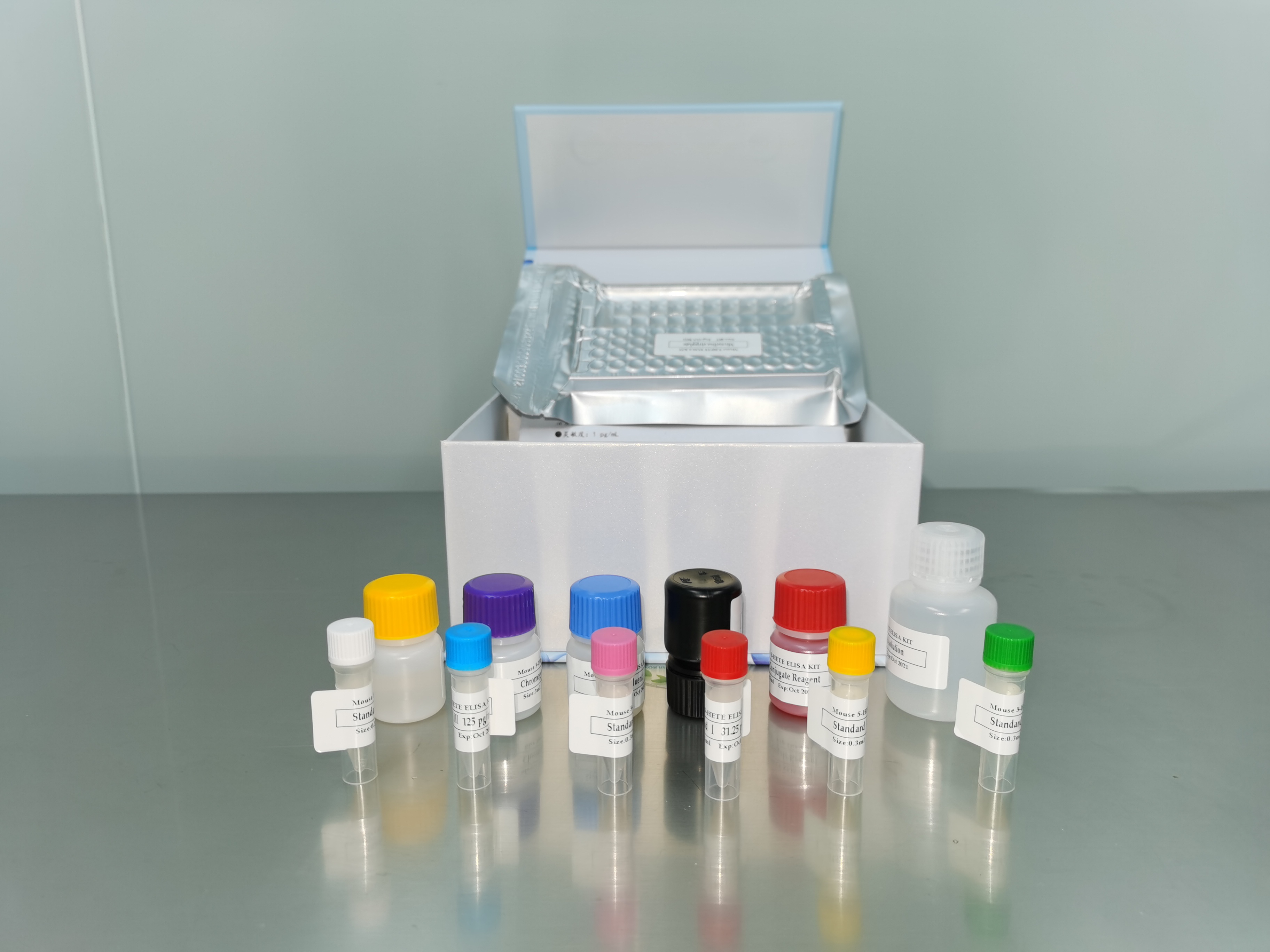| 产品名称: | T47D-KBluc |
|---|---|
| 商品货号: | TS138399 |
| Organism: | Homo sapiens, human |
| Tissue: | mammary gland; breast/duct; derived from metastatic site: pleural effusion |
| Cell Type: | epithelial transfected with reporter plasmid |
| Product Format: | frozen |
| Morphology: | epithelial |
| Culture Properties: | adherent |
| Biosafety Level: | 1
Biosafety classification is based on U.S. Public Health Service Guidelines, it is the responsibility of the customer to ensure that their facilities comply with biosafety regulations for their own country. |
| Disease: | ductal carcinoma |
| Age: | 54 years |
| Gender: | female |
| Applications: | They can be used to screen chemicals for estrogenic or anti-estrogenic activity. |
| Storage Conditions: | liquid nitrogen vapor phase |
| Clinical Data: | female |
| HeLa Markers: | N |
| Comments: | The parent cell line was transfected with pGL2.TATA.Inr.luc.neo which contains three estrogen responsive elements upstream of a luc reporter gene.xa0 The cells were selected for responsiveness to 17-beta-estradiol. They can be used to screen chemicals for estrogenic or anti-estrogenic activity. |
| Complete Growth Medium: | The base medium for this cell line is ATCC-formulated RPMI-1640 Medium, Catalog No. 30-2001. To make the complete growth medium, add the following components to the base medium: 0.2 Units/ml bovine insulin; fetal bovine serum to a final concentration of 10%.
|
| Subculturing: | Volumes used in this protocol are for 75cm2 flask; proportionally reduce or increase amount of dissociation medium for culture vessels of other sizes.
Note: Subculture cells before or upon reaching confluence. Do not allow cells to become super-confluent.
Subcultivation Ratio: 1:2 to 1:3 is recommended Medium Renewal: every 2 to 3 days
Note: The depositor states that supplementing the growth medium with insulin is optional. |
| Cryopreservation: | Freeze medium: culture medium, 95%; DMSO, 5% Storage temperature: liquid nitrogen vapor phase |
| Culture Conditions: | Atmosphere: air, 95%; carbon dioxide (CO2), 5%
Temperature: 37°C |
| STR Profile: | Amelogenin: X CSF1PO: 11,13 D13S317: 12 D16S539: 10 D5S818: 12 D7S820: 11 THO1: 6 TPOX: 11 vWA: 14 |
| Population Doubling Time: | 36 |
| Name of Depositor: | VS Wilson |
| Year of Origin: | January 4, 2000 |
| References: | Wilson VS, et al. Development and characterization of a cell line that stably expresses an estrogen-responsive luciferase reporter for the detection of estrogen receptor agonist and antagonists. Toxicol. Sci. 81: 69-77, 2004. PubMed: 15166400 |


